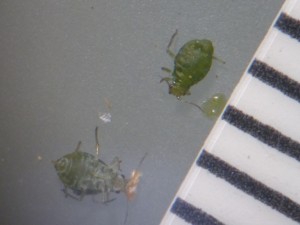Derek Sikes shared this blog and newsletter with me. I encourage you to look at these.
blog:
https://tundraarthropods.wordpress.com/
Network for Arthropods of the Tundra, Newsletter 2, October 2015
https://tundraarthropods.files.wordpress.com/2015/07/neat-news-october-2015-2nd-ed.pdf









